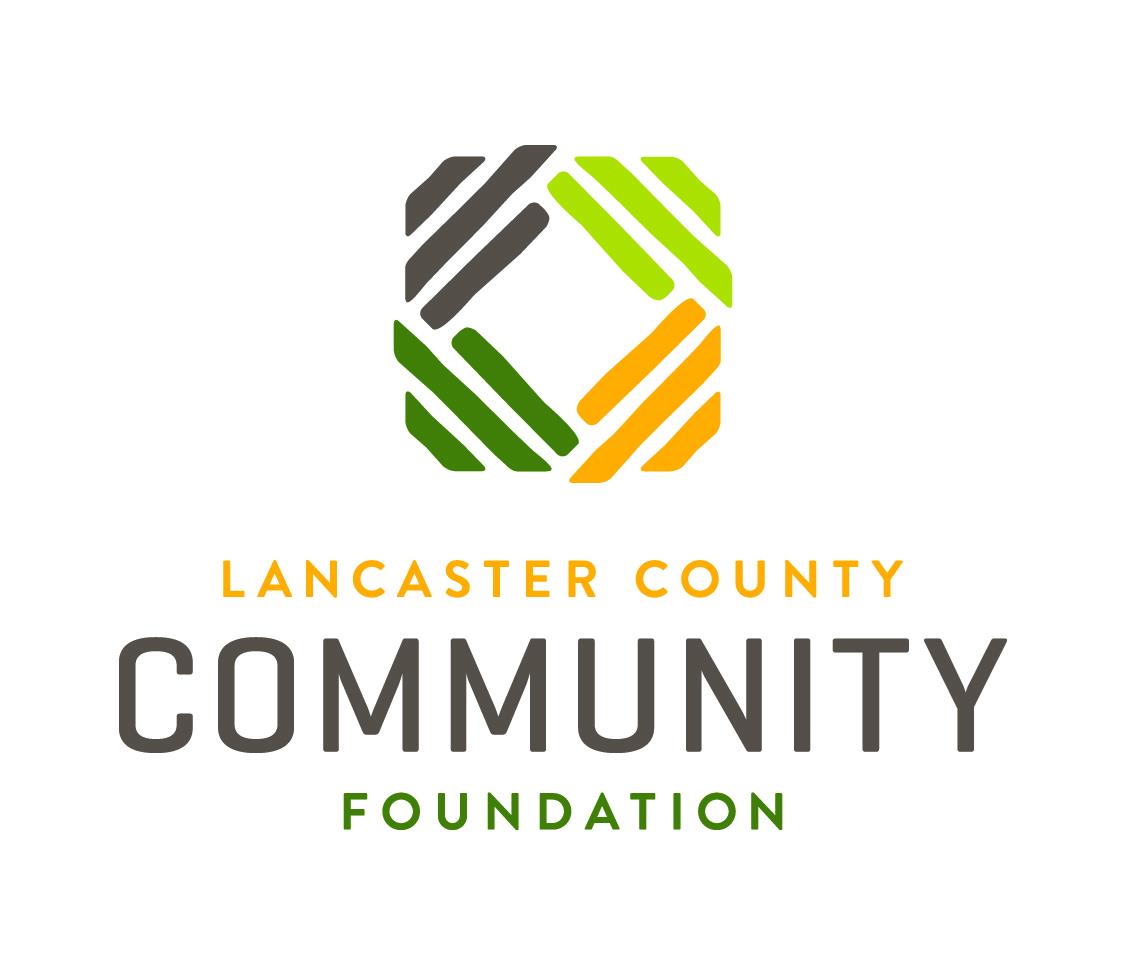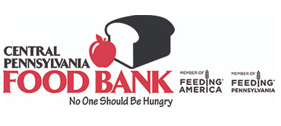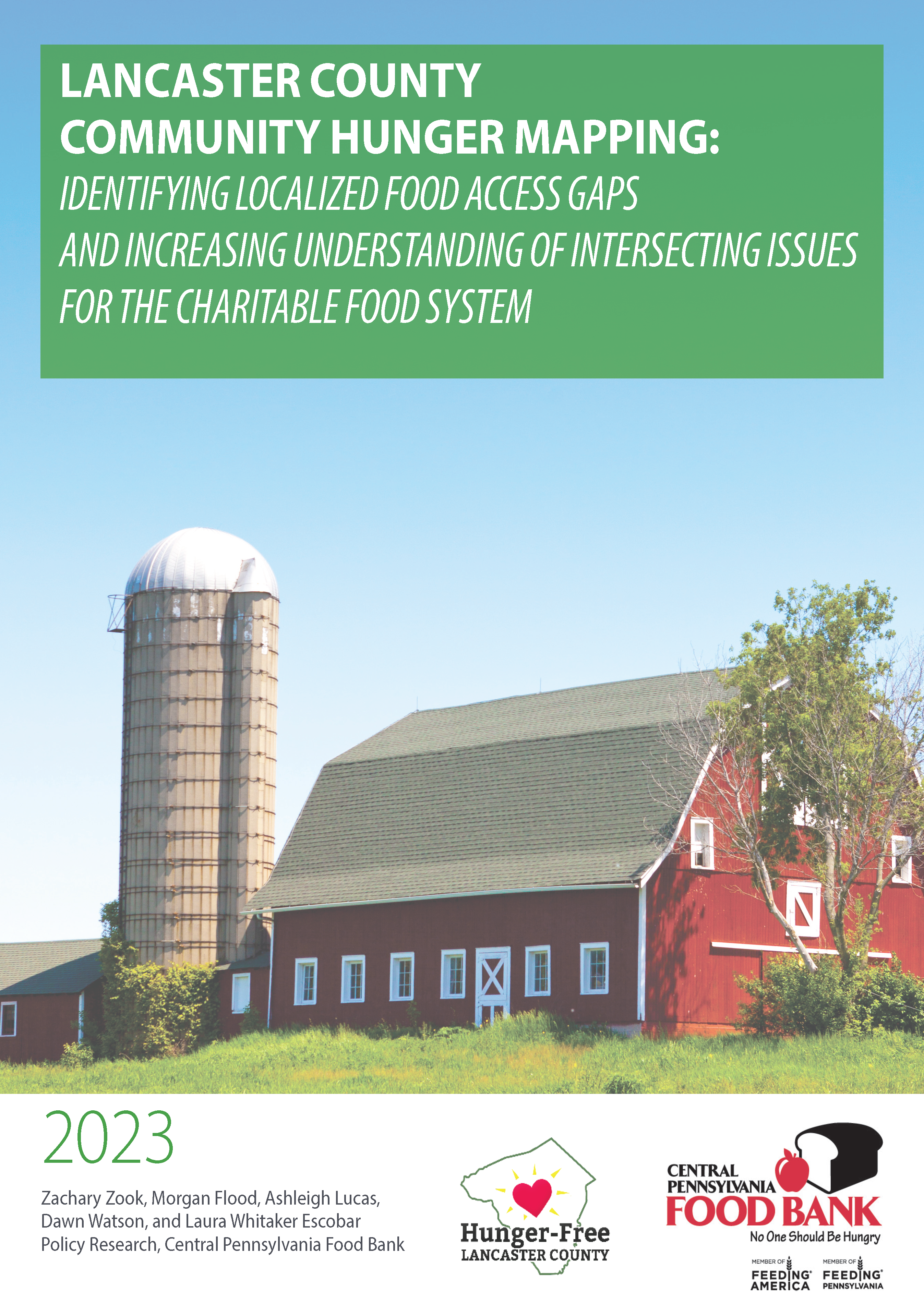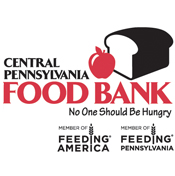Lancaster County Hunger Mapping
This report outlines the food insecurity situation in Lancaster County, identifies the largest charitable food access gaps, discusses utilization of government programs, and identifies the main drivers of food insecurity in Lancaster County. While report recommendations maintain a focus on the unique role of the charitable food system in Lancaster County to ensure everyone in Lancaster County has access to sufficient food to lead a healthy, productive life, this report’s findings are relevant to policymakers and stakeholders in other sectors concerned with the issue of food insecurity, and all Lancastrians.
The Central Pennsylvania Food Bank’s Policy Research team, in collaboration with the Lancaster County Consultative Group, Hunger-Free Lancaster County, and pantries countywide, implemented a series of data collection and listening strategies to inform the recommendations of this report and center the voices of neighbors across Lancaster County, including surveys, interviews, and focus groups among food pantry visitors and surveys and listening sessions among food pantry coordinators, as well as in-depth and innovative quantitative data analyses.
There are several overarching themes in the main findings and corresponding recommendations of this report that can provide a path forward to addressing food insecurity in Lancaster County.
Key topics to be addressed
- What is the extent of food insecurity in Lancaster County, and where in the county is it concentrated?
- Who in Lancaster County is most impacted by food insecurity? How do food insecurity rates and the main drivers of food insecurity differ by age, race and ethnicity, or other factors?
- How accessible is charitable and retail food in Lancaster County and how does access vary in different areas of the county? How does access vary, if at all, by demographics?
- What barriers do neighbors face in accessing charitable food services? Where do food distribution gaps exist in Lancaster County? What is the neighbor experience at food pantries like?
- What are utilization rates of key government nutrition-related assistance programs and how do they vary across the county? What is the charitable food system’s role in this space?
- What other issues impact food insecurity in Lancaster County? What can the charitable food system and other relevant stakeholders do to better address the root causes of food insecurity?
View An Interactive Copy of the Full Report Below
or CLICK HERE to Download
Main Finding 1: Nearly 50% of households that visit food pantries in Lancaster County experience very low food security (VLFS), an experience characterized by reduced food intake.
VLFS is especially acute among households with children and among adults living alone, while seniors are less likely to face very low food security compared to other household types. Areas of high food insecurity are concentrated along the Route 30, 222, and 283 corridors, as well as in the City of Lancaster.
Recommendation: No one in Lancaster County should go hungry. The charitable food system and other policymakers and stakeholders should use the reduction of very low food security as a main measure of success and institute policies and programs that make progress towards this goal. This includes reducing a variety of barriers to accessing the charitable food system, encouraging participation in available government supports like SNAP, investing in solutions to systemic upstream issues identified in this report, and advocating for sustained investments in crucial anti-hunger policies, such as the expanded child tax credit and universal school meals
Main Finding 2: Food pantries are among the lowest barrier social service providers. However, significant food pantry access hurdles remain in Lancaster County.
These include geographic access barriers; limited hours of operation, especially on weekends and evenings; pantry service territories in suburban and rural areas; documentation and income requirements; strict visit frequency limitations; and the treatment and experiences of pantry visitors.
- Southern, southeastern, and northwestern Lancaster County have limited geographic access to charitable food, while other areas, such as Mount Joy, have restricted access due to service territories.
- One in three food insecure Lancastrians does not have access to a weekend distribution, and one in four lacks access to an evening distribution.
- Spanish-speaking neighbors visit most pantries in the county, but only one-third have reliably available Spanish-speaking staff or volunteers.
- Each interaction a neighbor has with a pantry worker matters; much of the reported stigma experienced in pantries stems from negative interactions with staff or volunteers.
- Food pantries have inconsistent policies for serving households who have incomes above 185% of the federal poverty line, which is the current income limit for government-funded food.
- Two-thirds of pantries require a photo ID and 52%require proof of residency. These requirements go beyond the self-declaration of need form required at pantries using government-funded food.
- Pantries in Lancaster City report lower storage capacity than other parts of the county and are also less likely to utilize client choice distribution models.
Recommendation: Pantries should work to lower access barriers as much as possible, and Hunger-Free Lancaster County should help coordinate efforts to reduce access barriers across the network. Not every pantry can or should be everything for every person. With collaboration across the county and investments in serving historically marginalized communities, the charitable food system can work to ensure that every Lancastrian has access to pantries that suit their needs and circumstances.
Main Finding 3: There are many opportunities for increased collaboration among food pantries in Lancaster County and a clear role for Hunger-Free Lancaster County in supporting both coordination of efforts and resource development. Pantries appreciated the opportunity to meet with and learn from one another in regional listening sessions and they expressed a desire to meet again in the future.
Recommendation: Hunger-Free Lancaster County should develop resources to support pantry operations, such as sourcing guides, materials to assist pantries in determining neighbor food preferences, and informational sheets to enable and encourage referrals across pantries or to other services in Lancaster County. In addition, HFLC should facilitate regional and countywide gatherings of food pantries to discuss challenges, opportunities, and progress towards shared goals.
Main Finding 4: Government-funded nutrition assistance programs like SNAP are many times the size of the charitable food system but are underutilized. Pantries are trusted community assets and can leverage this trust to promote participation in these key government programs. Just 50% of food pantry visitors participate in SNAP, including just 47% of people who experience very low food security, although at least 85% of food pantry visitors are likely eligible. Only 35% of eligible food pantry visitors participate in WIC. School lunch, school breakfast, and summer feeding programs are also underutilized. Neighbors report that government programs are difficult to navigate, and people who visit pantries overall trust food pantries to help them more than they trust government programs.
Recommendation: With their trusted status, pantries have a unique opportunity to promote participation in SNAP, WIC, and other government programs.
Promotion efforts could include talking openly and regularly about the programs in a positive light, having clear and visible information available, and assisting with applications for higher capacity pantries. HFLC could help develop appropriate materials and strategies to coordinate and support these efforts. In addition, HFLC could partner with local retailers to make the utilization of SNAP more accessible, both through recent innovations around potential food delivery and Double-Up Food Bucks programs. Furthermore, HFLC could help coordinate school-focused advocacy efforts to increase participation in school meals, such as the adoption of alternative breakfast models, as well as support federal and state-level advocacy around universal school meals. HFLC could further coordinate federal and state-level advocacy to increase accessibility of WIC and to promote SNAP.
Main Finding 5: The main upstream and intersecting issues impacting food insecure individuals who visit food pantries in Lancaster County are systemic problems such as historic marginalization, housing insecurity, financial exclusion, and low and irregular pay.
- More than a quarter of food pantry visitors have been forced to move in the last year (11%), are worried about being forced to move (22%) in the next year, or both.
- Nearly a third of households are either unbanked (19%) with no access to a checking or savings account or underbanked (12%) and use costly alternative financial services.
- Most people who visit a food pantry (over 70%) either work full-time, are on Social Security, or receive Disability/SSI. Of the 35% of households who work full-time, nearly half report earning less than $24,000 a year while 16% earn less than
$12,000 a year.
Recommendation: The charitable food system, with HFLC coordination, should work to address these systemic issues through strategic partnerships and investments in underserved communities.
Opportunities could include eviction prevention interventions, collaboration with local financial institutions to increase availability of financial products that work for low-income households, partnerships with the VITA program to utilize
“bankable moments,” and education and advocacy around issues of disability and low wage work.
Interactive Map of Food Insecurity in Lancaster County
Made Possible by the Generous Support of






